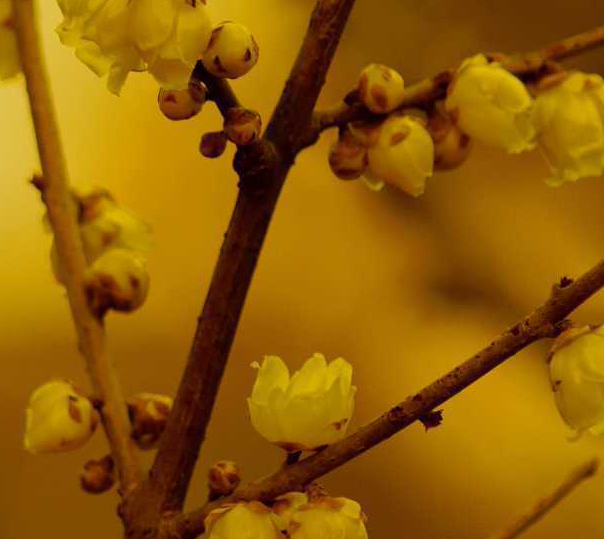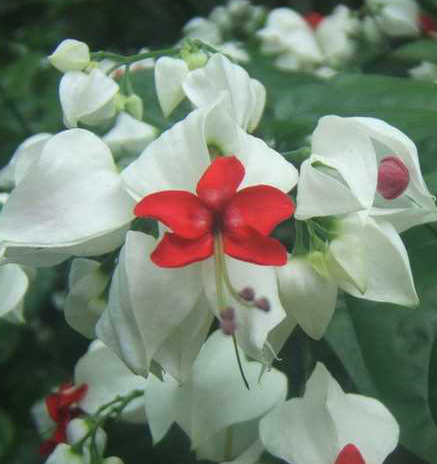How to distinguish Camellia, Camellia and Camellia oleifera?
1. Camellia and Camellia are sister flowers of the same genus, there are many similarities in shape, but there are also differences. For example, the young and main veins of Camellia are glabrous, while the young branches and main veins of Camellia oleifera have villi, and the small leaves also have villi on both sides. The flowers of tea plum are flat and their petals are scattered.
2. The shape of Camellia oleifera is similar to that of Camellia oleifera, so counterfeit goods often appear in the flower market, that is, the fake Camellia oleifera is used to impersonate the authenticity of Camellia oleifera. The important differences between the two are as follows:
The main results are as follows: 1. the size and luster of leaves are different. Tea plum leaves dark green, oval, small and thin, glossy. The main veins of young leaves protrude to both sides, the leaves are oblong, and the leaves are larger and less glossy. Leaf blade main vein is flat, leaf back main vein is not pilose, leaf blade abaxial reticulate vein is almost invisible.
2. The location of branches is different. Camellia tenuifolia branchlets oblique or transverse, twigs pilose. The branchlets of Camellia oleifera are inconspicuous, and the twigs are glabrous.
3. The florescence and color are different. Single or double tea plum, red, white, pink, purple and the same color, 4-5 cm in diameter, 6-40 petals, ovary pubescent. While Camellia oleifera flowers are larger, mostly single petals, smaller petals, ovary without pilose, flowering earlier than Camellia oleifera.

- Prev

Just make the potted preserved plum blossom more?
Lamei is fond of sunshine, slightly resistant to semi-shade, drought and waterlogging, so it is suitable to be planted in sandy loam rich in humus. In order to blossom more, large deep flowerpots should be selected for pot cultivation, and loose, fertile and well drained sandy loam soil should be used as culture soil. When putting on the basin, apply mature base fertilizer to the bottom of the basin. It is appropriate to change the basin every year or every other year
- Next

How to maintain potted dragon spit beads?
Dragon spit bead for evergreen vine small irrigation. Flowers scattered into clusters, terminal or axillary, calyx white to pink, pentagonal, petals crimson, staminal filaments slender, protruding from the corolla. Summer and autumn flowering. Sexual likes sunlight and warm, humid environment, but afraid of direct light
Related
- Fuxing push coffee new agricultural production and marketing class: lack of small-scale processing plants
- Jujube rice field leisure farm deep ploughing Yilan for five years to create a space for organic food and play
- Nongyu Farm-A trial of organic papaya for brave women with advanced technology
- Four points for attention in the prevention and control of diseases and insect pests of edible fungi
- How to add nutrient solution to Edible Fungi
- Is there any good way to control edible fungus mites?
- Open Inoculation Technology of Edible Fungi
- Is there any clever way to use fertilizer for edible fungus in winter?
- What agents are used to kill the pathogens of edible fungi in the mushroom shed?
- Rapid drying of Edible Fungi

